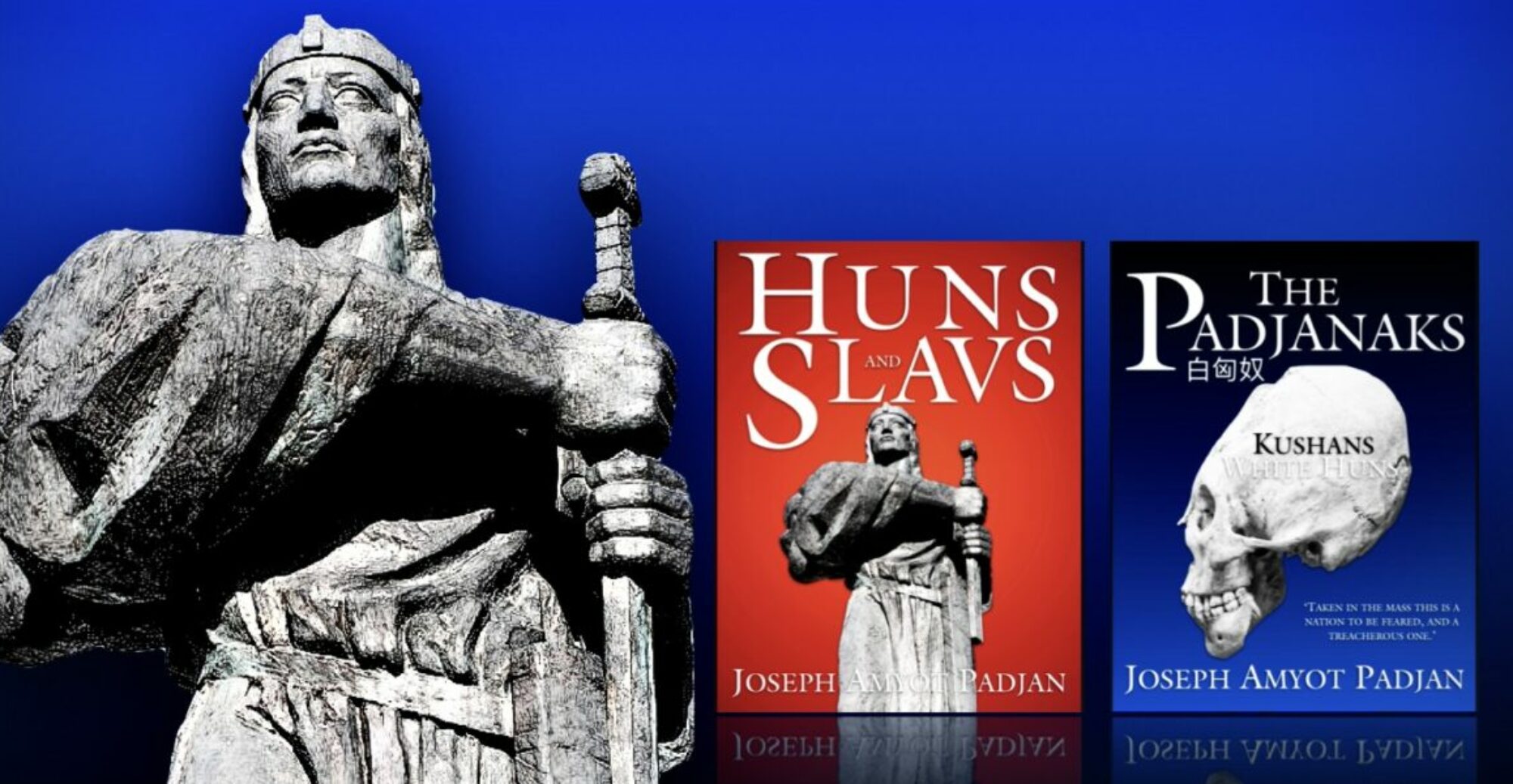This book is not about the dagger, or short sword, called khangar, or khanjar, a choice weapon for many men throughout the ages, but about the ancient tribe or people whose name for themselves – Kangar – means sword- or dagger-bearer, and became the name for the dagger itself. That is to say, the name of the dagger, wherever the khangar or khanjar or handžar is used, whether in Iraq, Oman, Yemen, Egypt, the Balkans, the Caucasus, Central Asia, or India, comes from the name of the people – the Kangar. The Kangar were, or rather are, aborigines of India, and they are one of the most ancient peoples in the world, with a history spanning many thousands of years and involving numerous countries. Of all the Kangar, the most well known lived in southern Mesopotamia in antiquity. We call them Sumerians.
This book is, in the main, not a history proper, but an argument, or series of arguments, intended to demonstrate, in so far as it is possible, that the Sumerians were, in fact, the Kangar. (May take a minute or so to load.)
